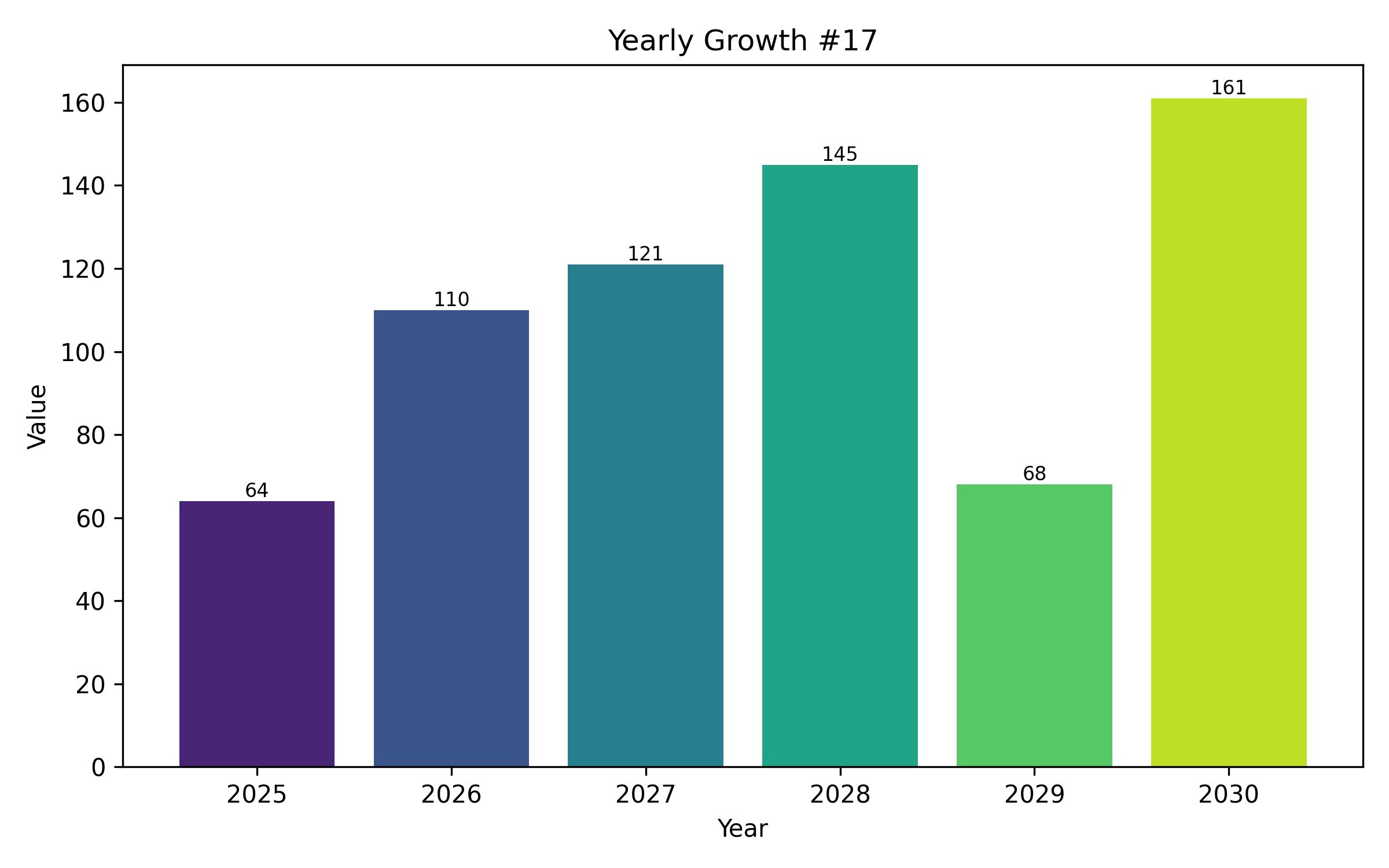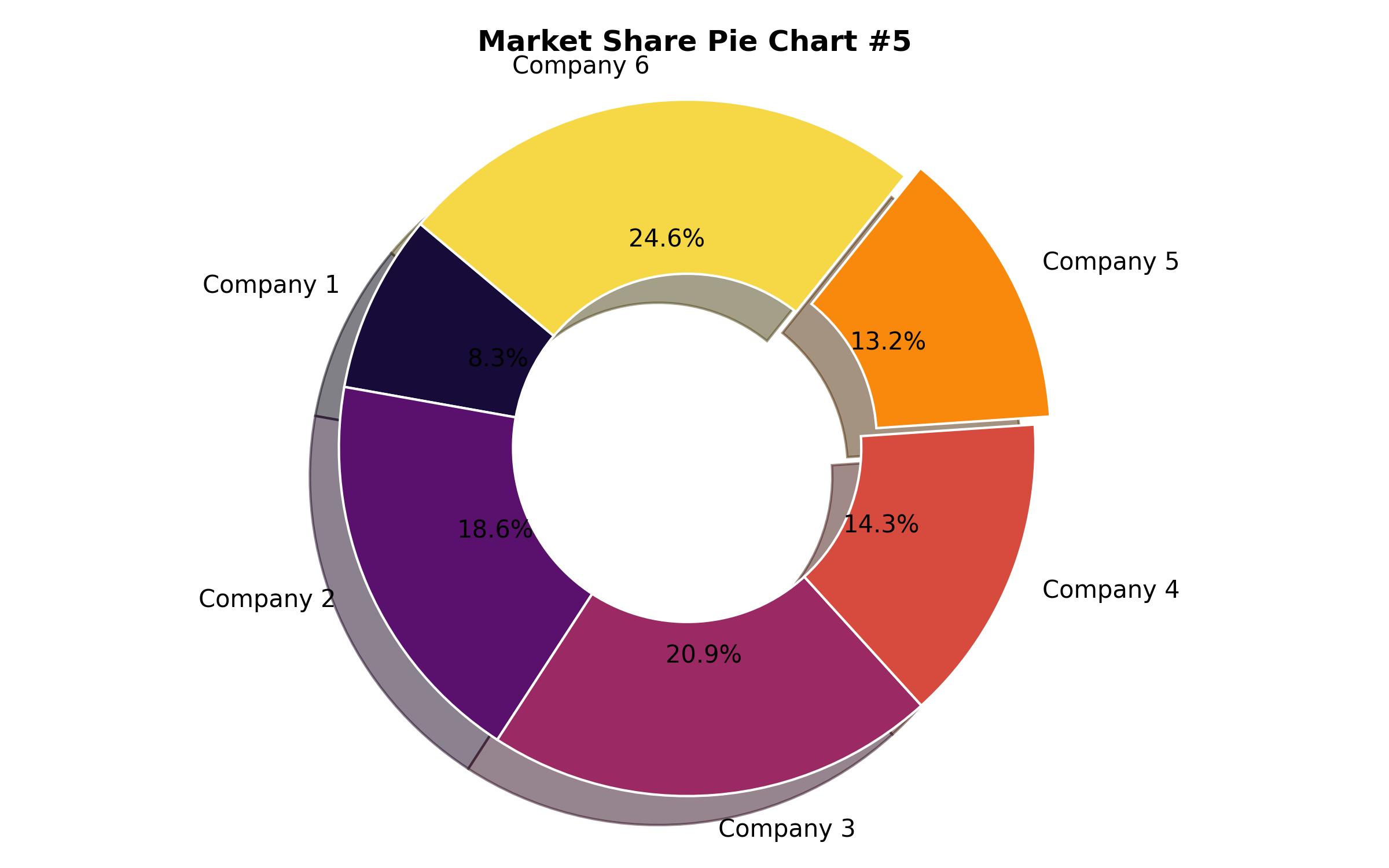Small-Molecule Injectable Market: Analysis of Trends, Growth Dynamics, and Projections Through 2035
Overview:
The global market for small-molecule injectable drugs is poised for considerable expansion in the coming years. Projections indicate that the market will attain a size of approximately USD 151.63 billion in 2025, fueled by a compound annual growth rate (CAGR) of 7.1%. By 2035, the market is expected to reach a valuation of USD 301.07 billion. This growth is attributed to the increasing demand for injectable formulations across a spectrum of therapeutic areas.
Advancements in drug delivery technologies, along with a rising prevalence of chronic diseases, play a pivotal role in shaping the market’s trajectory. The convenience and efficacy of injectable drugs, particularly in acute care settings, contribute significantly to their adoption. Furthermore, the expanding geriatric population and their susceptibility to various ailments necessitate effective treatment options, further propelling market growth.
Regionally, North America, Europe, and Asia Pacific are anticipated to be key contributors to the market’s revenue. The U.S., China, and Japan are expected to be at the forefront, driven by robust healthcare infrastructure and increasing healthcare expenditure. The presence of major pharmaceutical companies and research institutions in these regions reinforces their market dominance.
The small-molecule injectable market is characterized by intense competition, with key players focusing on product innovation and strategic collaborations to gain a competitive edge. The development of novel formulations and drug delivery systems remains a critical area of focus for market participants. Regulatory approvals and patent protection also play a vital role in shaping the competitive dynamics.
Emerging trends, such as the development of biosimilars and generic versions of injectable drugs, are expected to intensify market competition and drive down prices. The biosimilar landscape is evolving rapidly, offering cost-effective alternatives to originator products. This trend is particularly evident in developed markets, where healthcare cost containment is a primary concern.
The growth of the market is also influenced by factors such as the increasing adoption of self-injection devices and the expansion of home healthcare services. These trends are empowering patients to take greater control of their treatment regimens, reducing the burden on healthcare providers. The development of user-friendly injection devices is further enhancing patient compliance and adherence.

Year On Year Growth Chart
“`html
| Report Attribute | Details |
|---|---|
| Market Size in 2025 | USD 151.63 billion |
| Revenue Forecast for 2035 | USD 301.07 billion |
| Growth Rate (CAGR) | 7.1% from 2025 to 2035 |
| Base Year for Estimation | 2024 |
| Historical Data | 2020 – 2024 |
| Forecast Period | 2025 – 2035 |
| Quantitative Units | Revenue in USD million/billion and CAGR from 2025 to 2035 |
| Report Coverage | Revenue forecast, company market share, competitive landscape, growth factors, and trends |
| Covered Segments | Drug class, therapeutic area, end user, distribution channel, and region |
| Regional Scope | North America, Europe, Asia Pacific |
| Country Scope | U.S., Canada, Mexico, U.K., Germany, Italy, Poland, China, India, Japan, Australia, South Korea |
| Key Companies Analyzed | Pfizer Inc.; Teva Pharmaceutical Industries; Novartis AG (Sandoz); Fresenius Kabi; Aurobindo Pharma Ltd. |
| Customization Options | Free report customization (up to 8 analysts working days) with purchase. Changes to country, regional, and segment scope |
| Pricing and Purchase Options | Customizable purchase options for tailored research needs |
“`

Key Companies Market Share
Report Coverage & Deliverables
- Market Trends And Dynamics
- Competitve Benchmarking
- Historical data and forecasts
- Value/Volume analysis
- Company revenue shares and key strategies
- Regional opportunities
This is an indicative segmentation. Please request a sample report to see detail segmentation of this market.
Detailed Market Segmentation
- By Drug Class
- Monoclonal Antibodies
- Vaccines
- Recombinant Hormones
- Peptide Antibiotics
- By Therapeutic Area
- Oncology
- Immunology
- Infectious Diseases
- Cardiology
- Endocrinology
- By End User
- Hospitals
- Clinics
- Ambulatory Surgical Centers
- By Distribution Channel
- Direct Sales
- Distributors
- By Region
- North America (U.S., Canada, Mexico)
- Europe (U.K., Germany, France, Italy, Poland)
- Asia-Pacific (China, India, Japan, Australia, South Korea)
Table of Content
- Executive Summary
- Market Overview
- Key Market Trends
- Market Dynamics
- Market Segmentation – By Drug Class
- Monoclonal Antibodies
- Vaccines
- Recombinant Hormones
- Peptide Antibiotics
- Market Analysis 2025 to 2035, By Therapeutic Area
- Oncology
- Immunology
- Infectious Diseases
- Cardiology
- Endocrinology
- Market Analysis 2025 to 2035, By End User
- Hospitals
- Clinics
- Ambulatory Surgical Centers
- Market Analysis 2025 to 2035, By Distribution Channel
- Direct Sales
- Distributors
- Market Analysis 2025 to 2035, By Region
- North America
- Europe
- Asia-Pacific
- North America Market Analysis 2025 to 2035
- Europe Market Analysis 2025 to 2035
- Asia-Pacific Market Analysis 2025 to 2035
- Competitive Landscape
- Key Company Profiles
- Strategic Developments
- Regulatory Environment
- Market Opportunities
- Market Challenges
- Analyst Recommendations
- Assumptions and Acronyms Used
- Research Methodology
